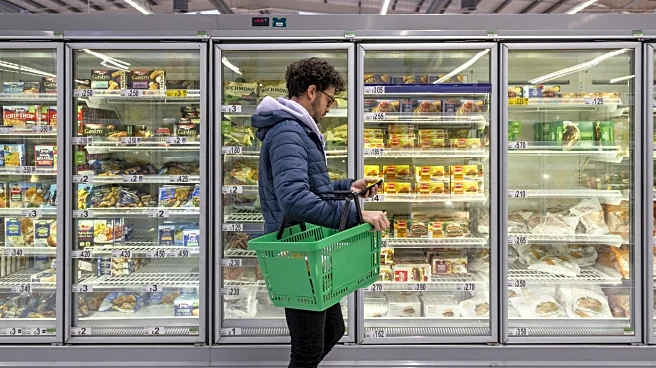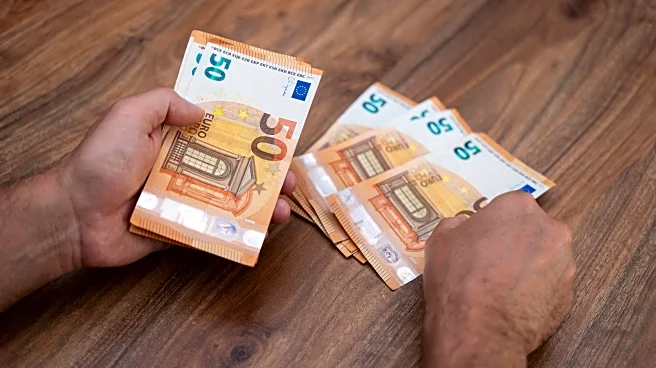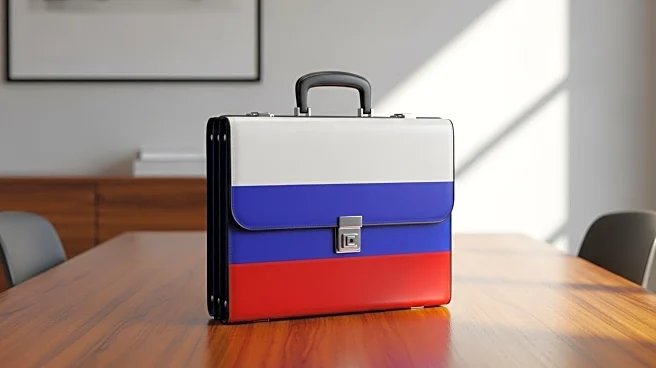
Shopping the aisles of a European supermarket is a thrilling experience for curious travelers, offering a glimpse into the daily lives of the locals. They are also unexpected spots to buy the best travel gifts, beating out expensive souvenir shops. But before diving into the novelty of European grocery shopping, Rick Steves — our travel expert who has the inside knowledge on all things Europe — offers one useful piece of advice in his blog: "Bring your own shopping bag, use your empty daybag, or expect to pay
extra for the store's plastic bags." Finding yourself at the checkout counter without one is considered a supermarket etiquette mistake — and, as a foreigner, the last thing you'd want is to earn the ire of locals at the supermarket's checkout lane.
So how exactly does bringing along your own shopping tote help you blend in with the grocery-shopping locals? Unlike in America where baggers usually take care of putting away your purchases for you, grocery shoppers in Europe are personally responsible for bagging their own groceries. Having your own bag saves you from having to stress about asking for one from the cashier, risking holding up the line, especially if you don't speak the language. These bags come in handy as well when you're prowling the markets for local or handcrafted souvenirs, which, according to Steves, are some of the most important things you can shop for in Europe.
Read more: Rick Steves' Expert Tips To Not Get Pickpocketed On Your Trip To Europe
How To Bag And Pay Your Way In A European Grocery Shop

It's no surprise, then, that the humble shopping bag is an everyday essential for most Europeans, who tend to pop by the grocery store more often than their American counterparts. "Food shopping is an integral part of daily European life for good reasons: People value fresh produce, have small refrigerators (kitchens are tiny), and enjoy the social interaction," Rick Steves blogs.
Don't have a shopping bag on you? Don't fret: Supermarkets sell bags at the checkout counter, costing less than a euro for basic paper or plastic bags (they're reusable, too) to several euros for fancier, foldable ones. The latter are more than just practical — plenty of travelers find that these foldable bags, most of them featuring cute prints and colors, make amazing and cheap souvenirs of their trip abroad.
Steves adds that you're expected to pay your bill at the same time as bagging, which can be understandably overwhelming and stressful for a novice grocery shopper in Europe. It certainly gets some getting used to, as blogger TravelTeening learned from her grocery shopping experiences in Germany: "The cashiers leave little time between scanning customer items. As soon as the scanning begins for your items, you own the bagging area only until time to pay. Once the payment is made, move your stuff out of the way." Bag your groceries quickly to leave the space ready for the next customer. So, there you have it — chalk this up as another top travel tip from Rick Steves that brings you closer to experiencing Europe as the locals do.
Ready to discover more hidden gems and expert travel tips? Subscribe to our free newsletter for access to the world's best-kept travel secrets.
Read the original article on Islands.













